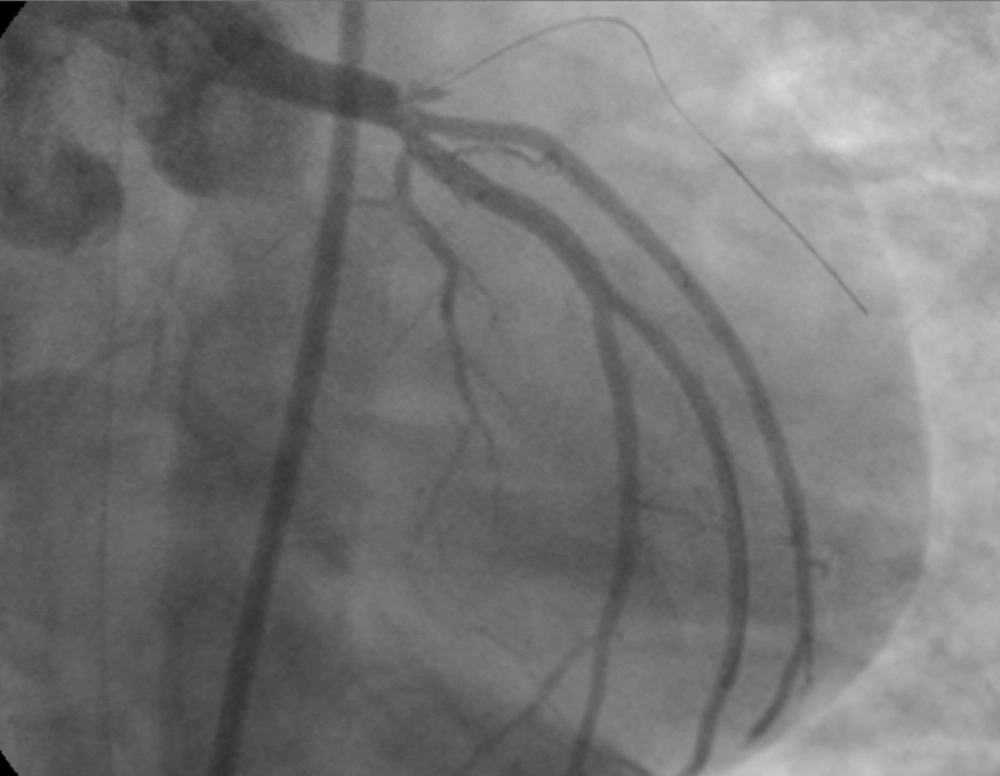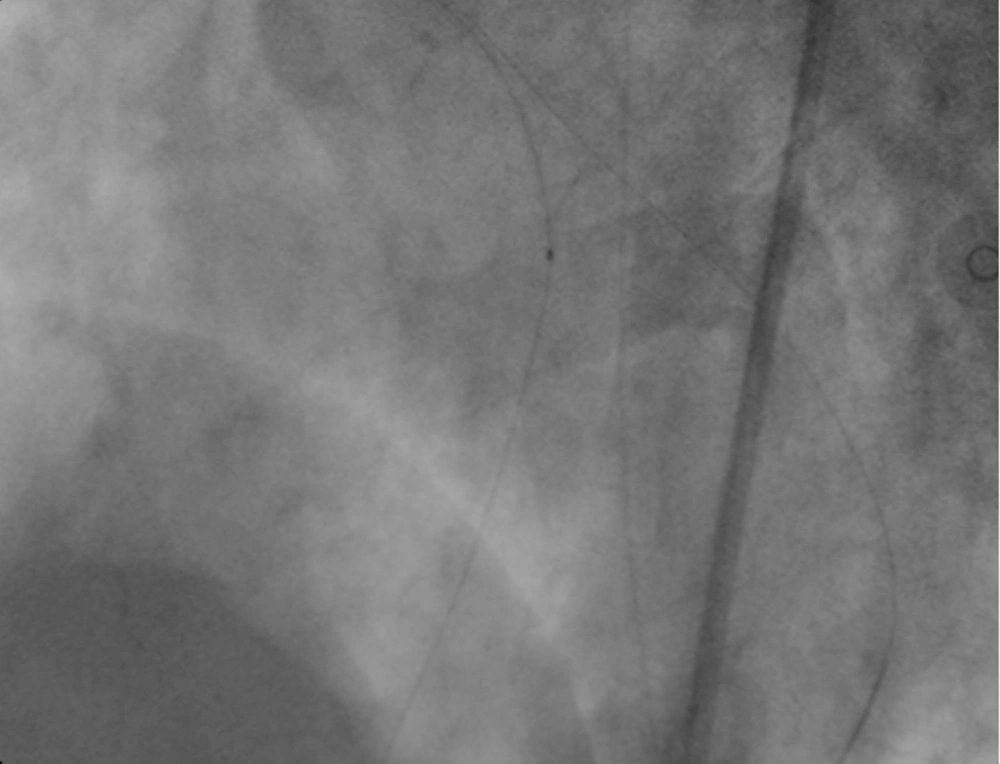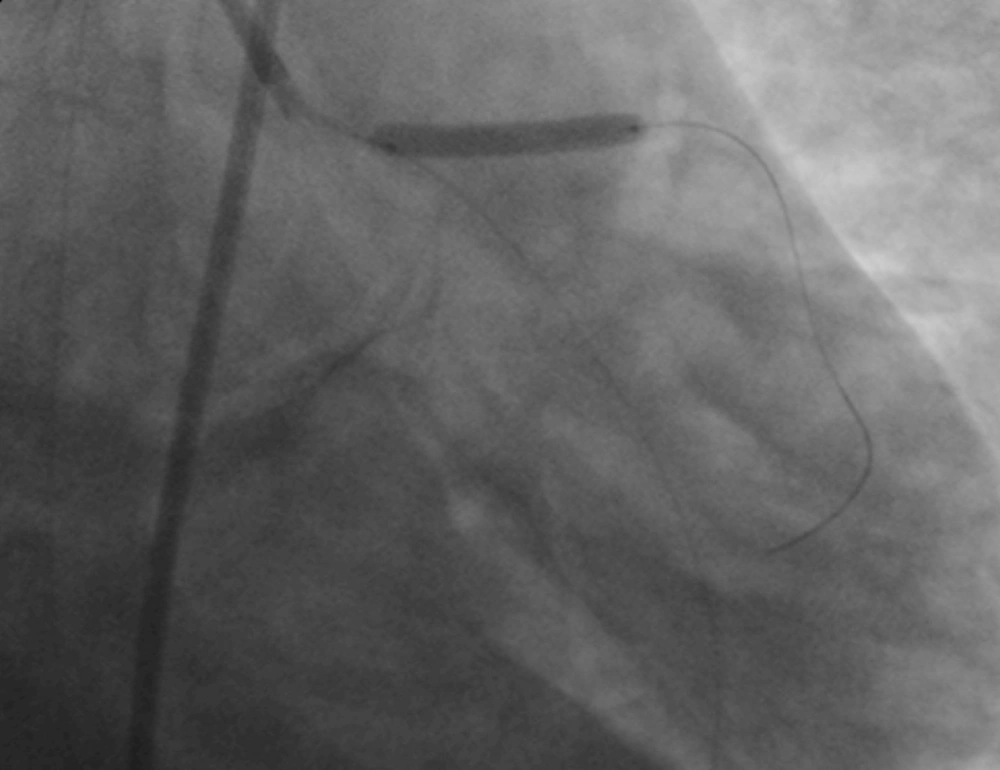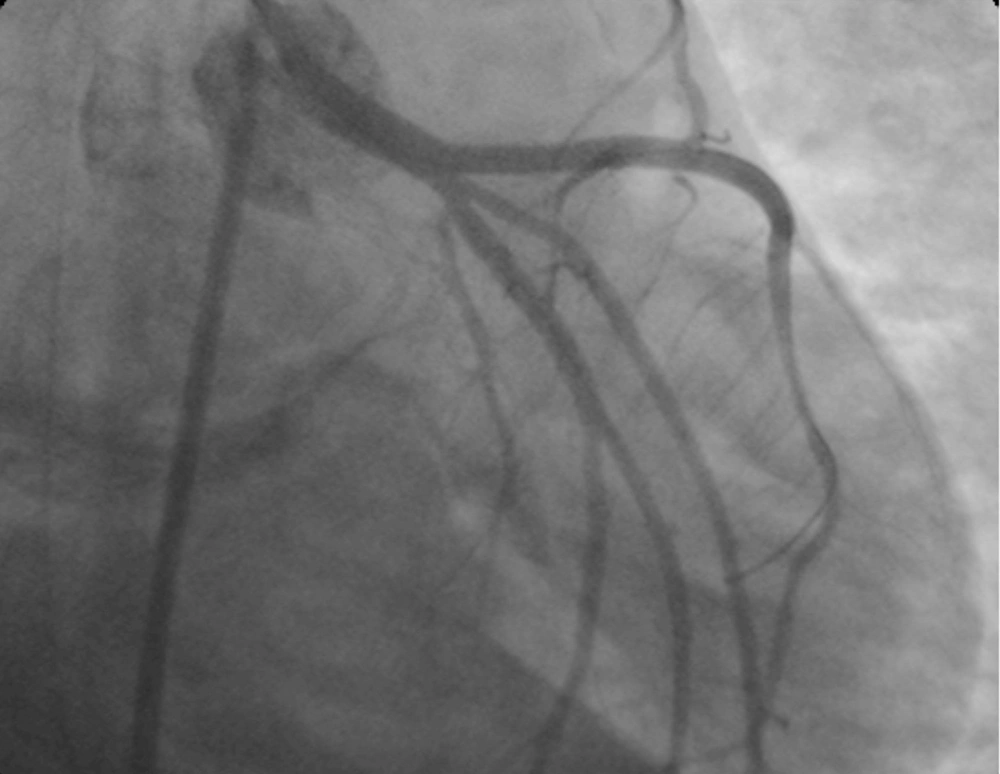Dear Editor,
Carbon monoxide (CO) is an odorless, colorless, clear gas that attaches to the hemoglobin (Hb). Its affinity for Hb is approximately 200 times higher than that of oxygen, and CO blocks the capacity of Hb to carry oxygen (1). One of the most important effects of CO is tissue hypoxia, especially in the parts of tissues with the highest demand for oxygen and the lowest metabolic stores, such as the brain and heart, which are therefore more vulnerable. CO intoxications are usually expressed as neurological events, but cardiological events can also occur (2). Myocardial injury may arise via electrical, functional, and morphological changes in the heart through severe general tissue hypoxia; there may be a direct toxic effect on the myocardial mitochondria promptly after exposure, or this may be delayed for several days (3). CO can induce a tendency toward coronary vasospasm and thrombus formation by slowing the bloodstream, increasing the permeability of the vessel walls, and increasing platelet aggregability and polycythemia; these factors are also responsible for myocardial damage in patients with CO poisoning (4). In addition, oxygen radical formation and subsequent lipid peroxidation, as well as induction of cellular apoptosis, are also potential explanations for the cardiotoxicity of CO (2, 5). Cardiac involvement encompassing angina attack, myocardial infarction, heart failure, cardiogenic shock, and arrhythmias, such as ventricular extrasystoles, atrial fibrillation, bradycardia, and atrioventricular block in CO poisoning was first noted by Lippi (5). However, 50% or more of the circulating form of carboxyhemoglobin can lead to patchy myocardial necrosis, a CO-Hb level of ≥ 25% is considered an indication for the use of hyperbaric oxygen or advanced treatment (6, 7). Acute myocardial infarction (AMI) is a clinical condition occurring suddenly but resulting from a long-term decrease in the amount of oxygen present in the myocardium. Its most common cause is atherosclerotic disease of the coronary arteries. AMI associated with CO poisoning occurs very rarely.
In this letter, a young person who did not have known coronary atherosclerotic disease and had AMI due to exposure to CO is presented with the aim of drawing attention to the fact that CO poisoning which occurs commonly throughout the world may lead to AMI. A 27-year-old male patient lost consciousness while struggling against fire in the workplace and entered cardiac arrest. After undergoing resuscitation by the 112 emergency service, he was brought to emergency intubated with unconscious and admitted. Upon admission to the hospital, ventilation with 100% oxygen was continued. The patient’s Glasgow coma score was 4, and noradrenaline infusion was initiated owing to hypotension. Arterial blood gas analysis was performed, and a CO-Hb value of 22% was detected. On initial electrocardiogram (ECG), ventricular tachycardia and other alterations were observed. The patient was diagnosed with anteroseptal AMI. Emergency angiographic and primary percutaneous interventions were performed; it was observed that Left anterior descending (LAD) as completely obstructed, (Figures 1 and 2) and a stent was placed (Figures 3 and 4).
The patient further stabilized and was prepared for and transferred to hyperbaric oxygen therapy. Thorax computed tomography (CT) was taken and pneumothorax and trachea rupture was observed, probably due to resuscitation. No intervention was considered necessary except for chest tube insertion by the Chest Surgery Department The patient was extubated on the 11th day after admission to intensive care unit and transferred to the infectious diseases clinic. Identifying cardiotoxicity in patients with CO poisoning can be difficult.
This report of a rare case should remind physicians that acute, severe CO intoxication can cause a wide variety of symptoms; thus, cardiovascular investigations, including serial ECG; cardiac necrosis marker measurements, such as troponin; and CO-Hb should be performed in patients with acute CO poisoning in the first hours after CO exposure (8). When there is evidence of myocardial injury, emergency coronary angiography should also be performed according to the ST elevation in patients with high cardiovascular risks (9). This can improve the prognosis of these patients, because the typical symptoms of myocardial infarction may be absent. The cornerstone of treatment for CO poisoning is supplemental oxygen, because no specific treatment other than oxygen delivery can be advocated for cardiac toxicity at present. Since normobaric oxygen is safe, readily available, and inexpensive, therapy should be continued with the purpose of achieving the highest concentration of oxygen until the patient is asymptomatic and carboxyhemoglobin levels decrease below 5 - 10%.



